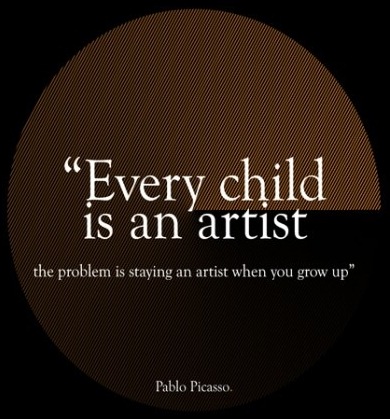-
Home / Why is Modern Art so Bad?
Was this valuable to you?
other links and editorials from Clarisse88
How about financially supporting the OP/author with a few pennies (on us) by upvoting? Just click the show link and reward your karma. Or leave a comment with your thoughts. Here's some free karma to start.
For two millennia, great artists set the standard for beauty. Now those standards are gone. Modern Art is a competition between the ugly and the twisted; the...
About art
 arthttps://valme.io/c/artc_prompt
arthttps://valme.io/c/artc_promptThis is a community of art lovers that share their favorite pieces, news or information that will impact the art community.


I agree with everything in this video. Modern art disgusts me.
IMO, you should add a tag of philosophy to this as, again IMO, poor philosophy is at the heart of bad art (which he addresses directly in the video - e.g., "how can art be objectively measured?" what are the artistic results as measured by "universal standards versus artistic relativism?" "without aesthetic standards, we have no way to determine quality or inferiority!" "who will determine quality?" how do you determine what is "worthy of value?" what are the "objective standards?").
There's a great quote in the book The Romantic Manifesto by Ayn Rand that sums up this philosophical and artistic tragedy beautifully:
I upvoted funny because, in addition to learning about the stupidity of a 340-ton rock as art, the Holy Virgin Mary covered with glitter and elephant dung, and a "prize-winning" police woman squatting while urinating (all of which I looked up to verify they weren't satires from The Onion), and on top of his graduate students thinking the paint drippings on his art studio apron are "good" because they are "bold," "evocative," "unconventional," and "perfectly balanced in its randomness," his last comment about the "white painting" by Robert Rauschenberg is absolutely hysterical as a perfect representation of how ludicrous modern art is.
As a spokeswoman for the Academy of Fine Arts said about the "overwhelmingly positive" public response of the police woman urinating:
Indeed.
Or said another way:
Though quoting from it, it's hard to agree with some of the Commentary Magazine article as the author's claims aren't always logical, such as:
vs.
More factually, here are some other examples of art controversies from it:
and:
I leave you with a picture of Lipstick, "a harbinger of the return of seriousness to the art scene, a seriousness now tinged with fury, indignation, and, increasingly, politics":
Afterthought: If you vomit on your screen after viewing Lipstick, you can take a picture of it an mail it to MOMA. I guarantee someone will pay millions for it.
It was an interesting article nonetheless. So I went to the About page to learn more before adding it to my feeds, where I found:
Never mind. I won't be subscribing. Neocons are all about illogic.